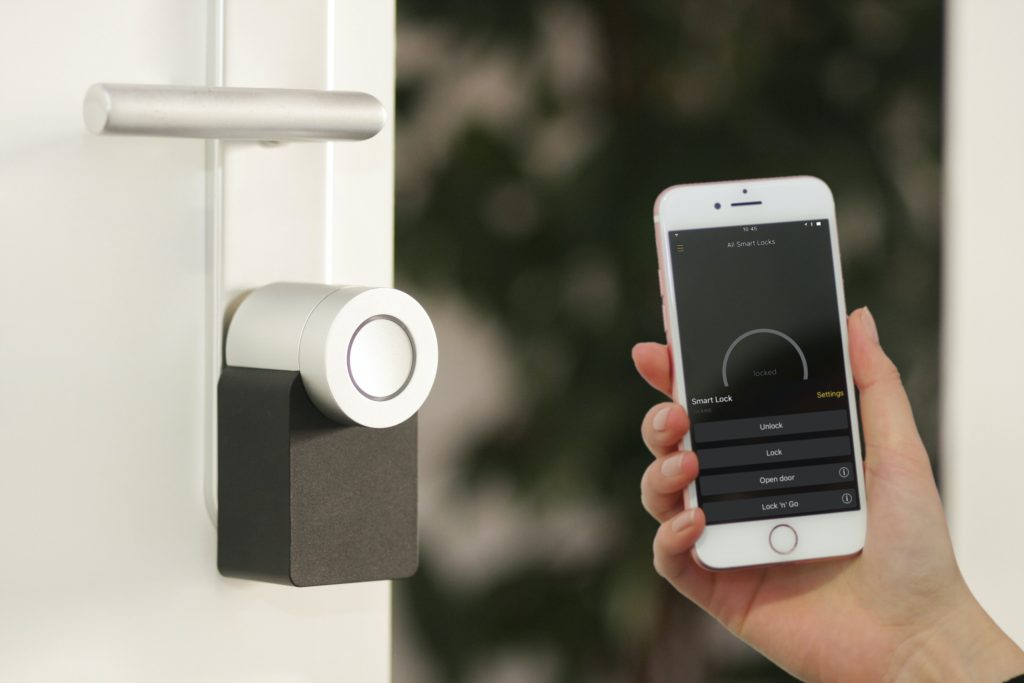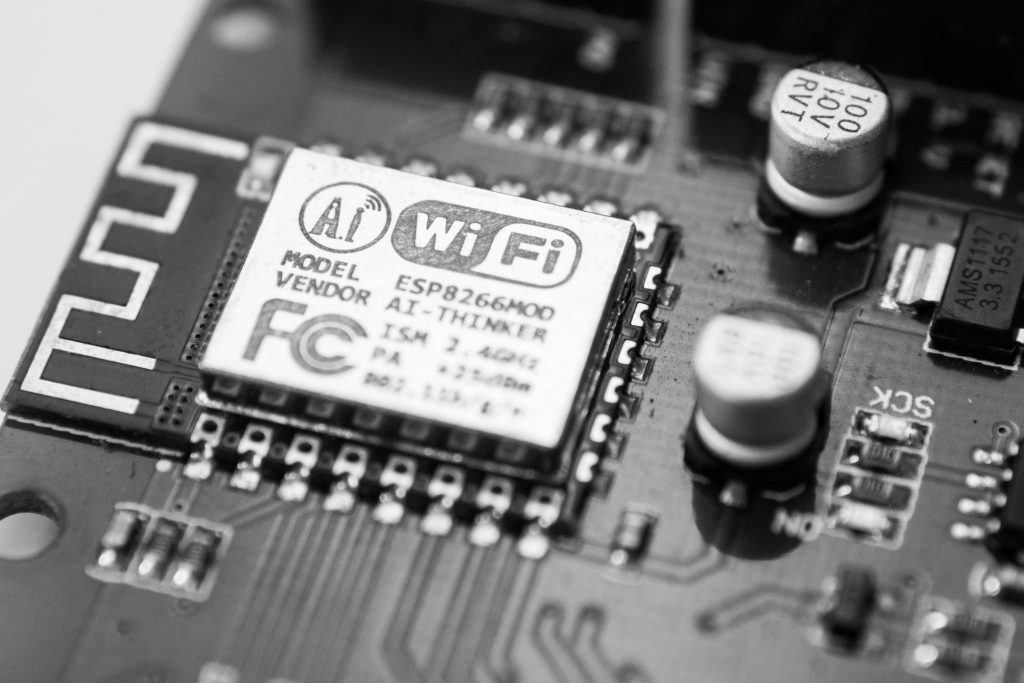Yes, a smart home can be hacked. It is not the answer any smart homeowner wants to hear, but there are numerous documented cases of smart home breaches. This is not meant to scare you. On the contrary, it is meant to help get your guard up and secure your smart home against hackers.
So, what does hacking a smart home entail? Here is everything you need to know about it, including tips to keep hackers out.
A Goldmine for Hackers
Your smart home is like a database of your most intimate and sensitive digital data. For example, AI-powered assistants, such as Alexa, can now collect users’ banking data and automate payments for purchases made via voice command. In fact, every device connected to your smart home collects data that can be used against you.
This, coupled with the fact that most smart homeowners don’t realize the danger posed by hackers, makes smart homes ideal targets for hackers and tech-savvy buglers. Hackers are essentially spoiled for choice when it comes to the ways they can hack you home, as explained below.
Smart Homes have Multiple Vulnerabilities
Smart homes are built around the Internet of Things (IoT) concept. IoT is a technology that makes it possible to connect virtually every home appliance to a smart home network using sensors. For example, your garage door can be fitted with sensors that detect your car’s signals as you approach and send a command to the main control point to open the door.

Connecting all appliances to one grid is convenient as it gives you total control over all your home’s functions. However, it also creates a cybersecurity risk, because hackers have as many entry points as there are interconnected devices and appliances. It doesn’t matter how insignificant the hacked appliance may be – hackers only need one crack to infiltrate the main control point and, consequently, infiltrate virtually every part of your smart home.
For example, consider a smart home programmed to open the garage door, turn the lights on, and disable the alarm when sensors detect the homeowner approaching. A hacker only needs to infiltrate one of these devices to get control. For example, hacking the smart bulb and commanding it to switch on will kick off a sequence whereby the garage door opens and the alarm switches off, just as programmed.
Different appliances’ vulnerability to hacking varies, depending on several factors. The most vulnerable appliances and devices are those located outdoors, such as smart garage door openers and doorbells, because hackers can easily get close to them. Indoor gadgets such as smart bulbs, security cameras, and baby monitors are a bit harder to hack, but not immune. Larger home appliances and inanimate objects are difficult to hack, but hackers are continually seeking out new vulnerabilities.
Resourceful hackers can also hack the main grid by targeting your smart home’s communications protocols. Smart homes rely on four communication protocols: WiFi, Bluetooth, Z-Wave, and Zigbee. These protocols are easy to hack – for example, anyone with basic cyber skills can hack a private router. By hacking into the communications protocol, hackers can bypass the homeowner’s commands and get unlimited access to the home.
Finally, hackers can get unhindered access to your smart home by hacking the main control device, which usually is your smartphone. Most smart homes rely on one app, such as Samsung’s SmartThings and Google’s Nest, to control all their smart home appliances. These apps are relatively secure, but can you say the same about your smartphone? A hacker just needs remote access to your smartphone to control all apps, including your smart home app.
How To Keep Your Smart Home Safe
Don’t worry – smart homes are not as helplessly insecure as it may seem. The main reason why smart homes get hacked is that homeowners don’t take the proper cybersecurity measures. In fact, a smart home with the proper cybersecurity protocols is more secure than an ordinary home.
Here are three expert tips to strengthen your smart home’s cybersecurity:
Secure Your WiFi Network

Your WiFi network is central to your smart home, as all devices and appliances rely on it for communication. This also makes it a big target for hackers. As such, take the necessary measures to secure the network.
Experts recommend getting a high-quality home WiFi router – alternatively, you should update your current router to install the latest cybersecurity updates. Additionally, secure your router’s access protocols. Start by choosing a private username so as not to give your location and personal details away.
Most importantly, strengthen your password by using a combination of words and numerals that are not easy to guess – researchers found that most homeowners leave their routers on the default 1234 password setting. You can also go the extra mile and buy a separate router specifically for smart home devices.
Strengthen Your Passwords & Access Protocols
Besides the router, most other smart home devices and appliances also feature security protocols that require passwords. For example, the wireless doorbell requires a password. As such, strengthen each appliance’s password, too. You can also upgrade to biometric security, as this will make your home virtually impenetrable to even the most sophisticated hackers.
Register All Appliances & Appliances
A smart bulb is not just any bulb. It is fitted with technology that allows it to connect to the network. It also has access to your personal data. This is why it is important to register all smart appliances and devices with the manufacturer before connecting them to the grid.
Registration is important as it helps leverage the manufacturer’s full cybersecurity resources. For example, registering your Phillips smart bulb will give you access to the company’s premium services. It is also important to keep your devices updated – smart bulbs and other appliances also require periodic updates, just like smartphones do.
Final Word
So, can a smart home be hacked? Yes, smart homes are vulnerable to hacking, but the situation is not helpless. You can enjoy all the conveniences a smart home has to offer and still keep hackers out by taking the necessary cybersecurity measures. This guide is a good starting point.







Add comment